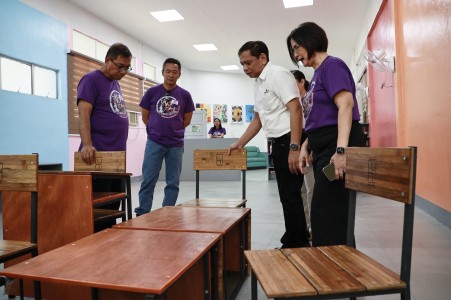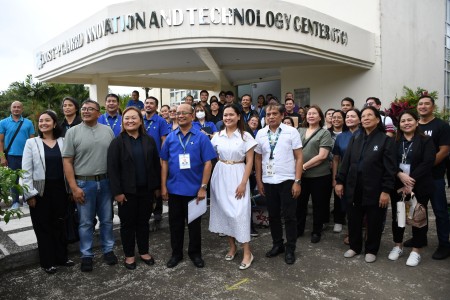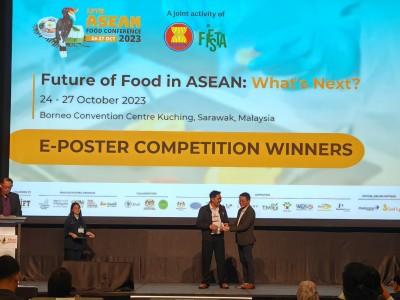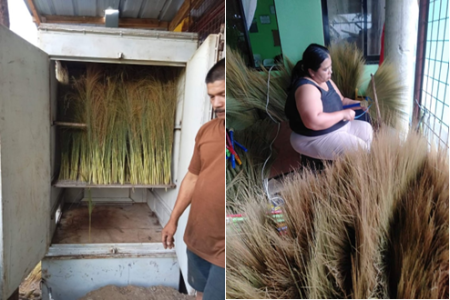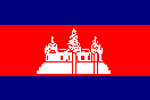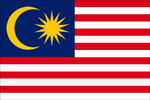DOST-FPRDI conducts cinnamon conservation project Philippine | 27/02/2018
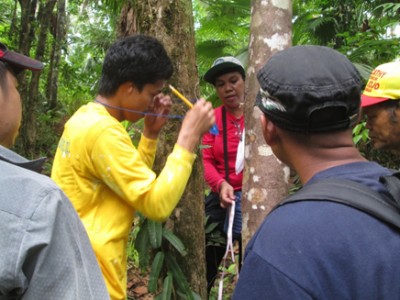
DOST-FPRDI’s Ms. Florena B. Samiano (center) shows a group of farmers how to strip the bark of a cinnamon tree at Mt. Labo, Barangay Baay, Labo, Camarines Norte. The farmers serve as community partners in a DOST-FPRDI project that aims to look into the bark thickening properties of Philippine cinnamon (Cinnamomum mercadoi) trees that have been stripped using different methods.
According to Samiano, “We want to know how the bark of the Philippine cinnamon grows back in response to various ways of stripping, because we want to see which technique is safest for the tree while yielding the optimum bark.”
“The cinnamon tree is known for its sweet-smelling bark and leaves, which are used around the world by the food flavoring and pharmaceutical industries. It is widely known as a medicinal herb and promises to become an important ingredient in the country’s natural health products industry. It is also an excellent species for rehabilitating denuded forests. The genus Cinnamomum has around 250 species grown across East Asia, Australia and the Pacific Islands.”
She added, “In the Philippines, the tree is found in Camarines Norte, Cebu Provinces and some parts of Mindanao. In 2011, we imported 29,000 kilos of cinnamon at USD 92,000 and exported 6,000 kilos at USD 23,000. Despite its importance, however, we know very little about Philippine cinnamons.”
The three-year study is spearheaded by DOST-FPRDI in partnership with the Baay Upland Farmers’ Association, Inc. (BUFAI) in Labo, Camarines Norte, with support from the Philippine Tropical Forest Conservation (PTFCF) and the Department of Environment and Natural Resources-Foreign Assisted Special Project Office (DENR-FASPO).


